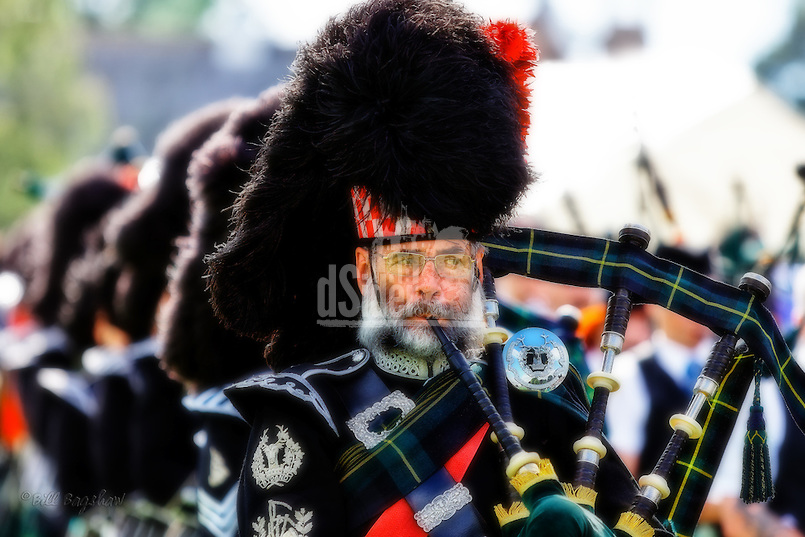Posts Categorized: Uncategorized
The Bagpipes -Scotland’s national musical instrument
Bagpipes are an icon of Scottish culture.
Little is known of bagpipes in Scotland until the 16th century when they became a competitor to the harp. The Scottish bagpipe really came to prominence when it was adopted by the military in the 19th century. The great highland bagpipe is the type of bagpipe native to Scotland and has three drones and a chanter.
Bagpipes consist of an air supply in the form of a bag, a chanter, drones and a blowtube.
The bag is an air reservoir which enables the piper to make a continuous sound, and is blown into by the piper through the blowtube.
The chanter is a tube played by covering and uncovering a series of holes, and contains one or more vibrating reeds.
The drones are tubes containing reeds.
The blowpipe has a non return valve to maintain the air reservoir.
The Great Highland Bagpipe has a bass drone and 2 tenor drones. The chanter is an octave above the 2 tenor drones and two octaves above the bass drone.
Deeside Railway Line

Deeside Railway Line
Deeside railway line originally ran all, the way from Aberdeen to Ballater
A small section of the Deeside line has been rebuilt and work is underway to extend the track into Banchory.
Originally The Deeside Line was used by Queen Victoria, to get her from Aberdeen to Balmoral.
The Deeside Line closed in 1966 under “The Beeching Axe,” and was dismantled.
Deeside Line carriages were sold to farmers; usually to keep their livestock in.
A few still remain today, rusting away.
Originally it was intended that The Deeside Railway Line would run all the way to Braemar.
This never came to fruition as it would have invaded Queen Victoria’s privacy at Balmoral Castle.
The Great North of Scotland Railway building was erected in Braemar, and remains to this day.
Photography by Bill Bagshaw
Links
Links
Solar Activity & Weather Patterns
The Northern Lights
The Northern Lights; or Aurora Borealis; are glowing light formations which can sometimes be seen at night in Aberdeenshire.
Check to see if there is a chance of seeing the Northern Lights. View Auroral activity Monitored by the NOAA Polar Operating Satellite.
The Northern Lights can last all night or just for a few minutes, and are caused by solar activity. Solar activity projects charged particles towards earth which are attracted to the magnetic North Pole.
The interaction of these particles and the earths magnetic field are always different; which explains the many different unique effects we are able to see. The Northern Lights can look like smoke, bursts of light and curtains of light, etc.
You can find out your chance of seeing the Northern Lights in Scotland by monitoring the sun’s activity.
How to see The Northern Lights
1. Bear in mind that you can’t normally see the Aurora during the summer months.
2. Go somewhere free of light pollution from village & town lights, if you can. High up on a hill might work well; but good observations have been made lower down; near village lights, when the conditions are right.
3. Go on a cloudless night.
4. Check for solar activity before you go.
View NASA’s latest images of the sun Look for solar flares which will affect the Aurora.

